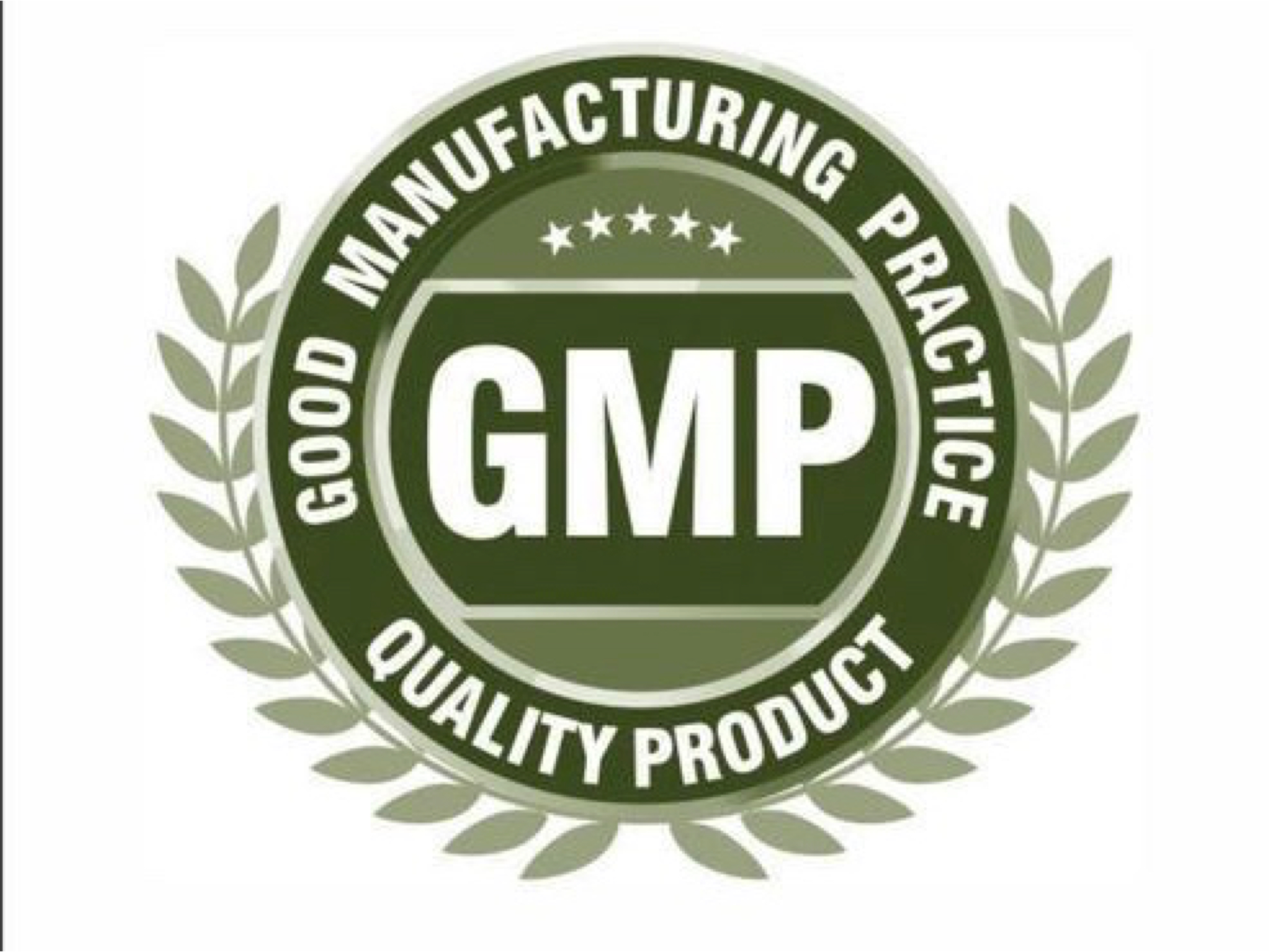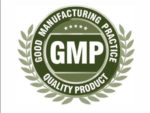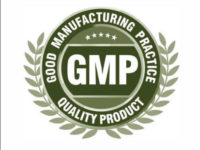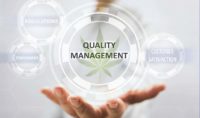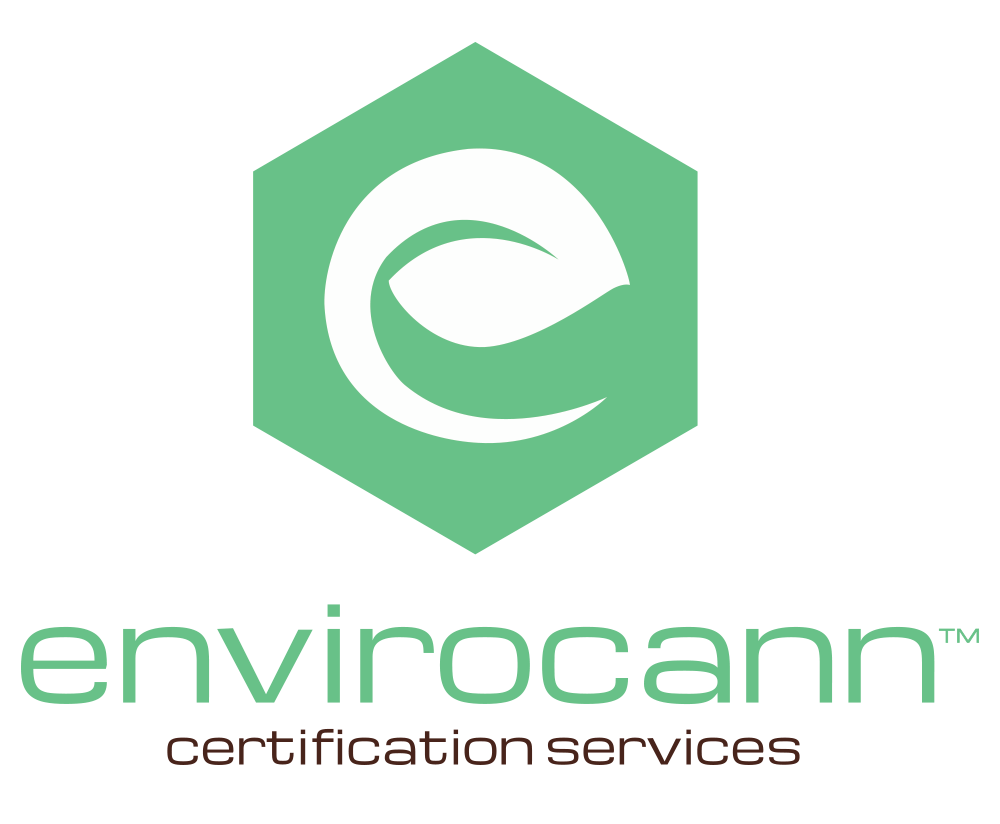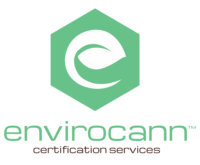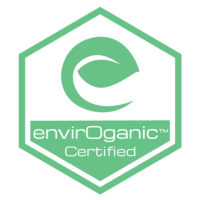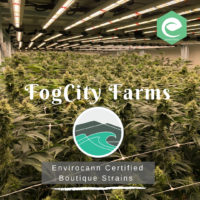The cannabis industry is an unusual creature. It is so new and fluid that nothing in its space is yet crystallized. Product types, brand names, generally accepted processes and procedures are all still being invented and tested. Consumer market segments are defining themselves as the progression of legalization advances through the states. Seniors, children, veterans, women, and professionals of all backgrounds are feeling the health and wellness benefits of the flower that is slowly losing the negative stigma inherited from the so-called war on drugs. The potential is enormous. Money is already flooding to the lucky entrepreneurs with enough foresight to work in the space, and corporate business leaders from many other traditional sectors are slowly, but steadily flocking to the market.
This is economically encouraging. A whole new industry that creates new jobs, generates tax revenue and creates wealth. But there is a worrying scenario. In that scenario, traditional cannabis business owners and entrepreneurs are pushed out of the market as corporate competitors enter the game. In that scenario the industry grows faster than its regulatory framework, with little to no voluntary regulations, no sustainability leadership, and the industry’s practices and reputation finish in the gutter. In that scenario, federal and state regulators ramp up indiscriminate bans and phony prohibitions. In that scenario the new cannabis industry exacerbates the world’s social and environmental problems by being non-inclusive, by creating a divide within communities, by adding its own share of pollution, by pushing unhealthy and unsafe products – all for the sake of an easy buck.
That scenario is not a certainty – it does not have to see the light of day. This industry has the potential to be different. It has the unique opportunity to integrate sustainability practices from the start, to create a space where business meets mindfulness, and where corporate profits do not trump consumer health, worker welfare, community engagement or environmental preservation.
Sustainability strategy is the best risk management tool available to the cannabis businesses emerging today that hope to stay relevant in the future. A sustainable cannabis industry is one where women and minorities feel included, where the consumer recognizes and is loyal to brands and labels, where businesses are thriving while having a positive influence on their peers, a positive impact on their community and on the environment, where the race to the top breeds best practices and innovation.
Three levers can push sustainability: the consumer, the industry (and the businesses that comprise it) and the government (local, regional, national and international). Surprisingly, businesses can have a significant influence on all three. Consumers make and shape a market. What will happen when the consumer becomes aware of fossil-fuel (benzene) extraction in the age of climate change, when they request organic flowers that fits their ‘Wholefoods lifestyle’, or when they boycott non-biodegradable packaging? What will happen when a scandal breaks, linked to an avoidable health and safety accident, or when they realize people of color do not have equal opportunity in a cannabis business?
It is preposterous to think, that in this day and age – where information travels at the speed of light, some type of potentially damaging information about a product manufacturing process will not get out at some point or another (in some cases they have). There is absolutely no need to gamble with that. The solution is simple: adopt sustainable practices from the start.
The third lever is the government – we will come back to the second lever later. The cannabis industry, better than any other industry, knows how the government can make or break a business. If the government decides, like they did in Colorado, that in nine months cannabis packaging needs to be resealable and childproof, businesses will have to sit on several weeks worth of sales until they can find new suppliers, they will probably have to rethink their processes, while absorbing the costs of the packaging they had bought in advance. Worse case, they also have marketing and merchandising to rethink. All of that is costly.
However there is good news; government can be channeled, generally speaking, by doing the right thing. If an industry actively demonstrates a desire to do the right thing, and there is not an exaggerated amount of complaints (or accidents), then regulators will leave it alone. Businesses can and should invest as a group into drafting and endorsing generally accepted industry practices and organizing industry self-regulations. Those will guide governments when they draft regulations, but they could also preempt a lot of nonsensical top down rules
The second lever is the most important, and that is the business lever. Cannabis businesses can make or break this industry. Those who believe that the unsustainable practices that worked in the context of an illegal/black/grey market will work in the context of a 21st century legal industry may need a reality check. Those who continue to promote and endorse them are dangerous for the industry because they breed a climate of distrust, and they bring the industry under closer scrutiny. The cannabis industry needs businesses that display exemplary behaviors, think about their impact, and elevate the discussion as well as their peers.
Whether a business is small, large, mature or emerging, developing a strategic response to these challenges can and will create a sustainable business model. Businesses can gain robust competitive advantages over their peers, reap the rewards of having loyal customers, create thriving communities, and foster healthy natural environments by doing the right thing and embedding sustainability within their business decisions.
Tomorrow’s cannabis industry business leaders will be those that chose to be part of the solution, those that understood that sustainability was vital to their business model and took action early on.
Editor’s Note: Project Polaris is a California non-profit corporation, offering sustainability coaching and guidance to cannabis industry businesses. By becoming a member of Project Polaris, businesses have access to sustainability experts throughout the year, to set, support and carry out cost-effective, meaningful and impactful sustainability solutions.
 Alex Hearding, Chief Risk Management Officer at the National Cannabis Risk Management Association (NCRMA) will kick things off with a session exploring the Hazards and Controls of Extraction with Liquified Petroleum Gases. Dr. Markus Roggen, Founder & CEO of Complex Biotech Discovery Ventures, will follow that up with a discussion surrounding the kinetics and thermodynamics of cannabis extraction.
Alex Hearding, Chief Risk Management Officer at the National Cannabis Risk Management Association (NCRMA) will kick things off with a session exploring the Hazards and Controls of Extraction with Liquified Petroleum Gases. Dr. Markus Roggen, Founder & CEO of Complex Biotech Discovery Ventures, will follow that up with a discussion surrounding the kinetics and thermodynamics of cannabis extraction.


